Time /place two very difficult concepts or easy – we all say what time is it, where shall I meet you, but do we actually know what we mean by this. Time is relative everyone perceives time differently according to their circumstances and view points. Having been one of the few people to have read Steven Hawkins book, A Brief History of Time, I should be able to explain it, but the best I can do is say it is an elastic band and relative. Any the wiser, no, you can read thousands of words on the topic but really it means nothing other than how you yourself perceive it.
Above and below are some art quilts made in response to the words” Time Flies” as you can see every individual has responded differently to the phrase. (from Art Quilt Magazines)
Whenever I go to an art exhibit, there are often times I do not understand a painting or “get” what it is meant to be. Later though when I have had time to either speak to the artist or read about them, I can identify their time and place in the world ,the painting often starts to make more sense.
Andy Warhol – Popart (allposters.com) 1962

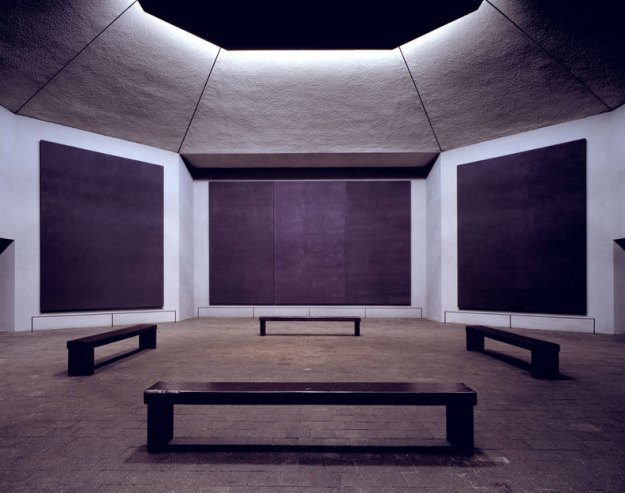
Rothko Chapel by Mark Rothko 1964-1967 http://www.markrothko.org/rothko-chapel/ ( he lived through the Hiroshamo times.

Hans Holbein the Younger 1533. The Ambassadors. Tudor, strong messages in the painting ie the skull death comes to all.
Tacita Dean
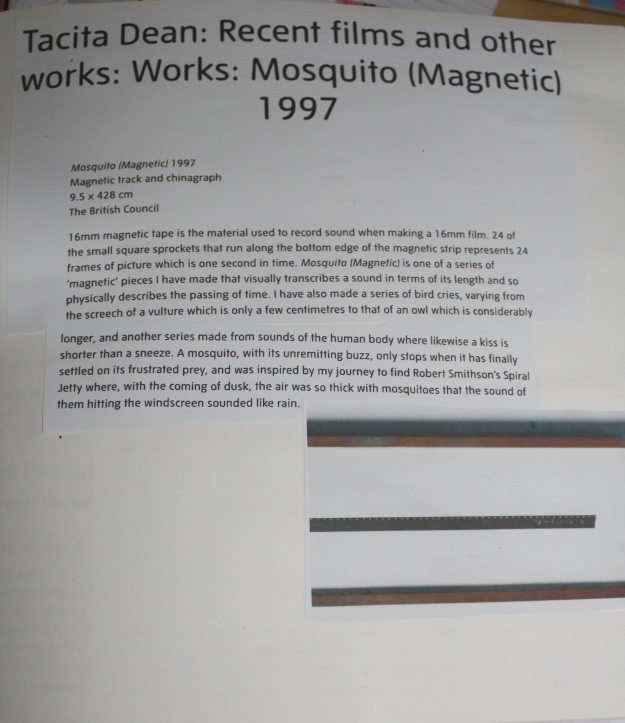
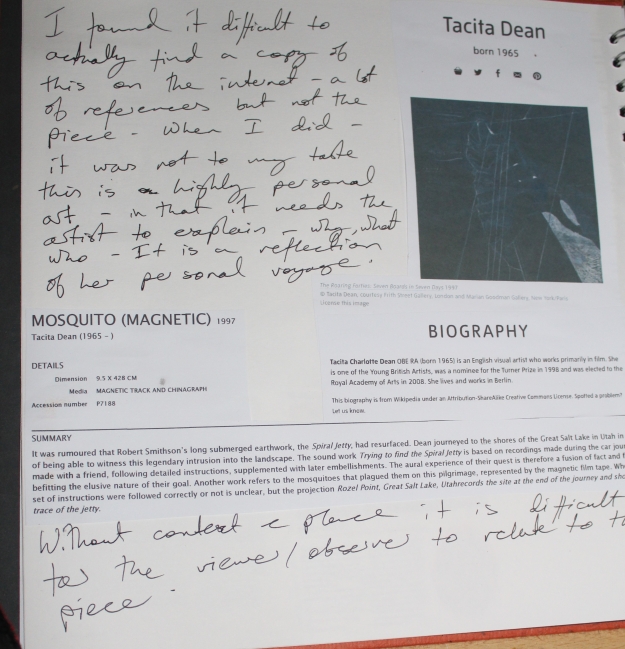
https://www.theguardian.com/arts/critic/feature/0,,728587,00.html
Robert Smithson made his famous ‘Spiral Jetty’ as an extension of the land. Over the course of time it has been reclaimed by the Great Salt Lake and is able to reveal itself only very rarely. Dean’s new sound work, Trying to find the Spiral Jetty, evokes her own fruitless search for one of this century’s most elusive works of art, which, with its unfurling, spiral form, is again reminiscent of film.
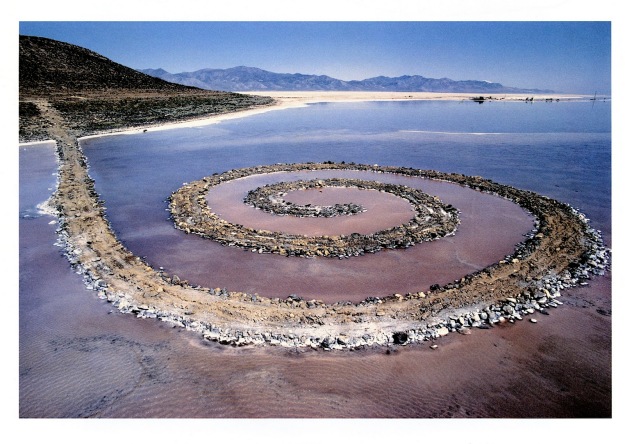
Seabirds (Magnetic) and Mosquito draw a parallel both to the films and the sound work. They are made from small edits of 16mm magnetic track – the part of a film which carries the sound. It is the physical embodiment of sound and a sound can be measured in terms of it comparative length. In the first case, all the sounds are made by seabirds – the cry of a cormorant is shorter than that of a curlew; the cry of the kittiwake is shorter still. The length of the mosquito buzz, by contrast, is very long.
LONGPLAYER
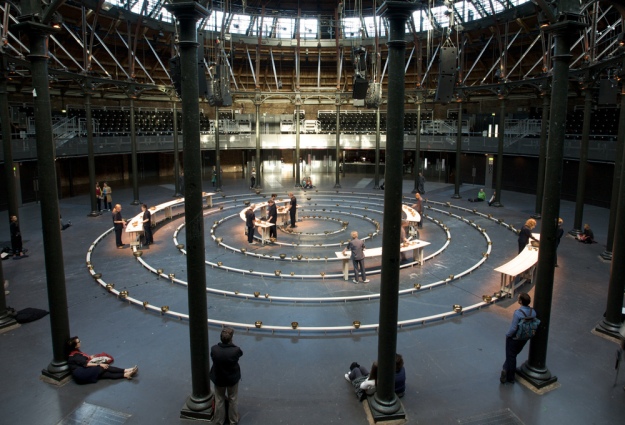
Longplayer – what did I think – well to be honest not much – even though the OCA folder says this is quite a mindblowing piece – my first reaction was WHAT! and I found it very difficult to listen to. So gut reaction over, intellectual side says why? Well in the first place I had no reference, I just went in cold to YouTube with no idea of who Finer was or Longplayer. I found it too high pitched for my hearing I found it distressing. The music reminded me of Benjamin Britten’s Noye’s Fludde which I heard in my youth and which I also disliked as it seemed to jar rather than being harmonious. I am however tone deaf so perhaps not the best judge. There we are though, our life experiences and where we are in place and time, influences our reaction to pieces.
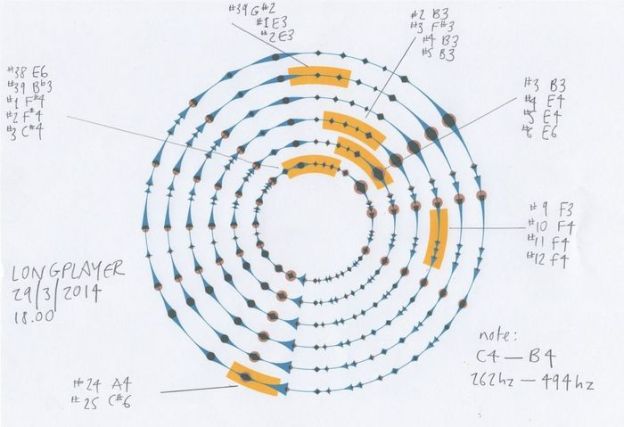
Jem Finer’s Longplayer began at the millennium and will finish in 3000, according to the Guardian,” one has to admire Jem Finer’s pluck not literally of course, although as the banjo picking founder member of the pogues, he co-wrote perhaps the best Christmas song ever. It’s a brave laugh in the face of obstacles kind of pluck( I’m) talking about, the kind that feeds a musician to attempt crazily ambitious musical projects( as if working with Shane McGowan wasn’t demanding enough).”
“In the late 1990s Feiner started writing a piece of music that was 1000 years long, it’s been playing away continuously ever since in a lighthouse near Canary Wharf and various other listening posts around the world. It’s a beautiful piece of ambient music that uses the chimes and harmonics of a series of standing bells played back in a changing sequence by a group of Apple computers. It takes 1000 years to complete itself according to the Guardian it must be the most epic piece of music ever it beats everything in terms of length, it trumps John Cage’s 639 year long organ piece currently playing in the church of St Boshaldtie in Halberstadt Germany, it beats Wagner’s Ring cycle a mere 15 hours of playing time and it laughs in the face of Pink Floyd’s 23 1/2 minute long echoes . In keeping with the concept of the project Finer is preparing to perform, Feiner says” I always meant for Longplayer not be bound to the computer or any other technical module form right from the start. I wanted alternative methods of performance including mechanical, non-electrical and human operated versions at last we getting a chance to do that.
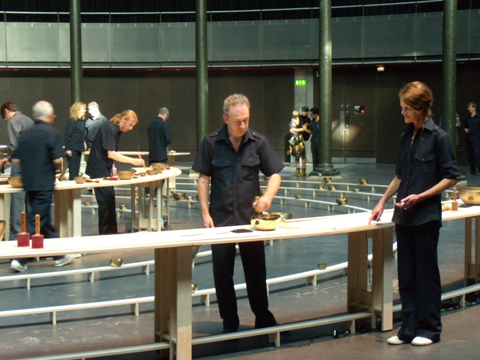
I looked further into Longplayer, I looked at Youtube I watched the Longplayer live at the Roundhouse 2009, and it is in fact the idea, the concept that is more interesting than the actual piece to me. It is clearly as he said been designed to be performed as a either by computers or by people or other forms so that it can continue to last for 1000 years perhaps in an effort to last as long as the universe. It is said not to be site-specific, it is in a way, because it’s played at certain sites around the world Los Angeles being one and it is specifically online so perhaps for today’s generation it is site-specific because it’s there and available on the Internet.

It is interesting to note that the waves used by the Tibetan bowls actually work on the brain. This very similar to the music played by John Levine which works on the delta and alpha waves of our brains. Tibetan bowls are actually said to be healing, so perhaps the intention behind the music was to heal the world. It seems to be more an exercise in music and its continuity and world evolution and globalisation a way of gaining intellectual people to talk to each other. There are now Longplayer talks so it isn’t simply a piece of music or a piece of art, it is actually more, as it says, a charitable organisation that is looking to make intellectual people think about some of the bigger issues in our world today. If you listen to some of the NASA sounds generated by our universe there are very many similar noises there, from the sun, Jupiter and other planets.
It is interesting however to note, that I certainly had never heard of it and most of the people I have spoken to, have never heard of it so it does seem a very specialised piece of art made for other musicians and intellectuals rather than perhaps the general member of the public. The filming didn’t show a huge audience , the spectators could walk around and the length of the piece allows anybody to go and listen to it in the next thousand years. It doesn’t actually make me want to go and research any of these elements any further, the only aspect that I found interesting, was the fact that it actually works on the brain and that it’s meant to be healing due to the Tibetan bowls.
It goes to show as John Burgess says- in Ways of Seeing ” the way we see things is affected by what we know or what we believe. In the Middle Ages when men believed in the physical existence of hell, the sight of fire must have meant something different from what it means today. Nevertheless their idea of hell owed a lot to the sight of fire consuming and the ashes remaining – as well as their experience of the pain of burns.
Yet this seeing which comes before words and can never be quite covered by them. is not a question of mechanically reacting to stimulii.(It can only be thought of in this way if one isolates the small part of the process which concerns the eye’s retina.) We only see what we look at. To look is an act of choice. As a result of this act, what we see is brought within our reach- though not necessarily within our reach. To touch something is to situate oneself in relation to it. We never look at just one thing; we are always looking at the relation between things and ourselves. Our vision is continually active, continually moving, continually holding things in a circle around itself, constituting what is present to us as we are.
The one interesting thing to me about this thousand year piece is that today we see the art of the past as nobody saw it before, we actually perceive it in a different way, so what I’m viewing now is not what somebody 20 years ago viewed it’s not what somebody in 30 years will view or even 1000 years because each bring our own perspective, our own idea of that music should be.
Sam Taylor-Wood’s Still Life
The ability to play with time, stretching and quickening it is a distinctively modern phenomenon, since the advent of photography in the twentieth century, and the idea of mathematical time introduced with the emergence of secular humanism after the Enlightenment. T.J. Demos explores this through the work of Sam Taylor-Wood, Tacita Dean and others. (The Tate).
My first reaction to this piece was disgust and why would I wish to view the decay of a dish of fruit. The reference to a Vanitas painting was obvious – the background colour and texture is reminiscent of the tones used in the 16th and 17th century originals.
The Bic pen in the words of Sam Taylor – Wood herself is there to show an item of our time- to show the passage of time, something not classed as beautiful or normally depicted in art. It is interesting to note it is the only item that remains unscathed throughout.
It is difficult for me to make an informed understanding of the piece as I have very little knowledge of filmwork though I do understand it to be a slow motion filming of a dish of fruit decaying over time using time lap photography. A commentary on life and death and our disposable society. It reminded me of other work about decay such as Damien Hirst’s shark
Some thoughts from previous research last year link into the decay of art, decay in art and art from decay all ways of seeing art/decay, the passing of time.
International Situationniste 3 , translated by John Shepley –
Bourgeois Civilization is haunted by a shadow: its culture, which appears in the modern dissolution of all its artistic means, is being called into question. This dissolution, first manifested at the starting point for the productive forces of modern society, i.e., Europe and later in America, has long been the prime truth of Western modernism. Everywhere the liberation of artistic forms has signified their reduction to nothing.
Henri Lebevere (La Somme et le Reste) ” Has not every great period of art been a funeral rite in honour of a vanished moment?” The article continues ” Every situation, as consciously constructed as can be, contains its own negation and moves inevitably toward its own reversal. In the conduct of an individual life, a situationist action is not based on the abstract idea of rationalist progress (which, according to Decartes, ” makes us masters and possessors of nature”).
It concludes by saying ” Of course, the decay of artistic forms, while indicated by the impossibility of their creative renewal, does not immediately involve their actual disappearance in practice……………We must keep moving ahead, without attaching ourselves to anything either in modern culture or its negation. We do not want to work toward the spectacle of the end of the world, but toward the end of the world of spectacle.
The Guardian 2014 looks at the Tate exhibition of Ruin Lust our obsession with decay in pictures, such as David Shrigley’s photograph of Leisure Centre 1992, an empty plot with a lump of concrete saying leisure centre.


The Tate has interesting articles on Bernd Becher and Hilla Becher photographers of disappearing industrial architecture around Europe and North America.such as water towers, coal bunkers and gas tanks. Dieter Roth who played with the foreseeable and deliberate disintegration of works in which the process of decay is a central aspect of the artist’s intention. He encased a gnome in chocolate which is now forming cracks “Gartenzwerg”.


Finally it is worth reading The Art of Decay by Jacob Mikanowski ( The Point Magazine) who explores our fascination with sites of decay such as Chernobyl, Treblinka , with time, and our yearning for an experience of it that goes beyond regular human experience.
References
International Situationniste 3 , translated by John Shepley –
The Art of Decay by Jacob Mikanowski
The Guardian
The Tate









